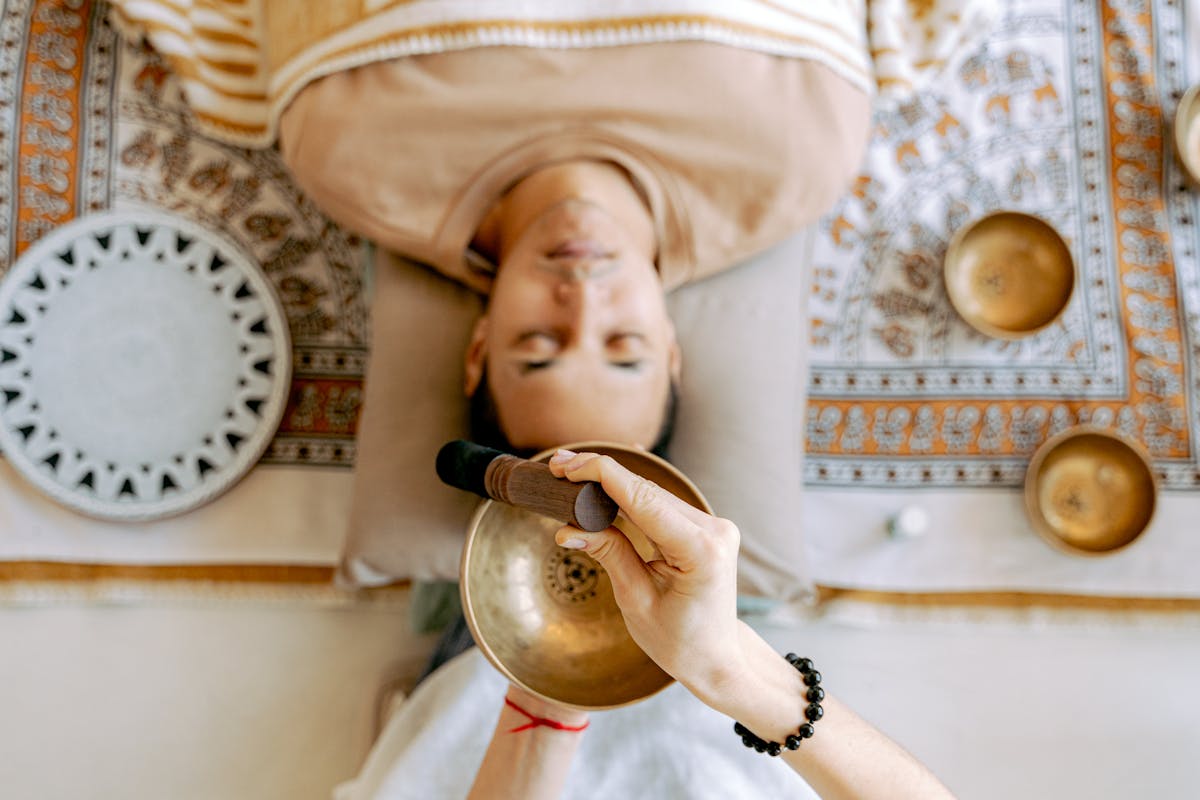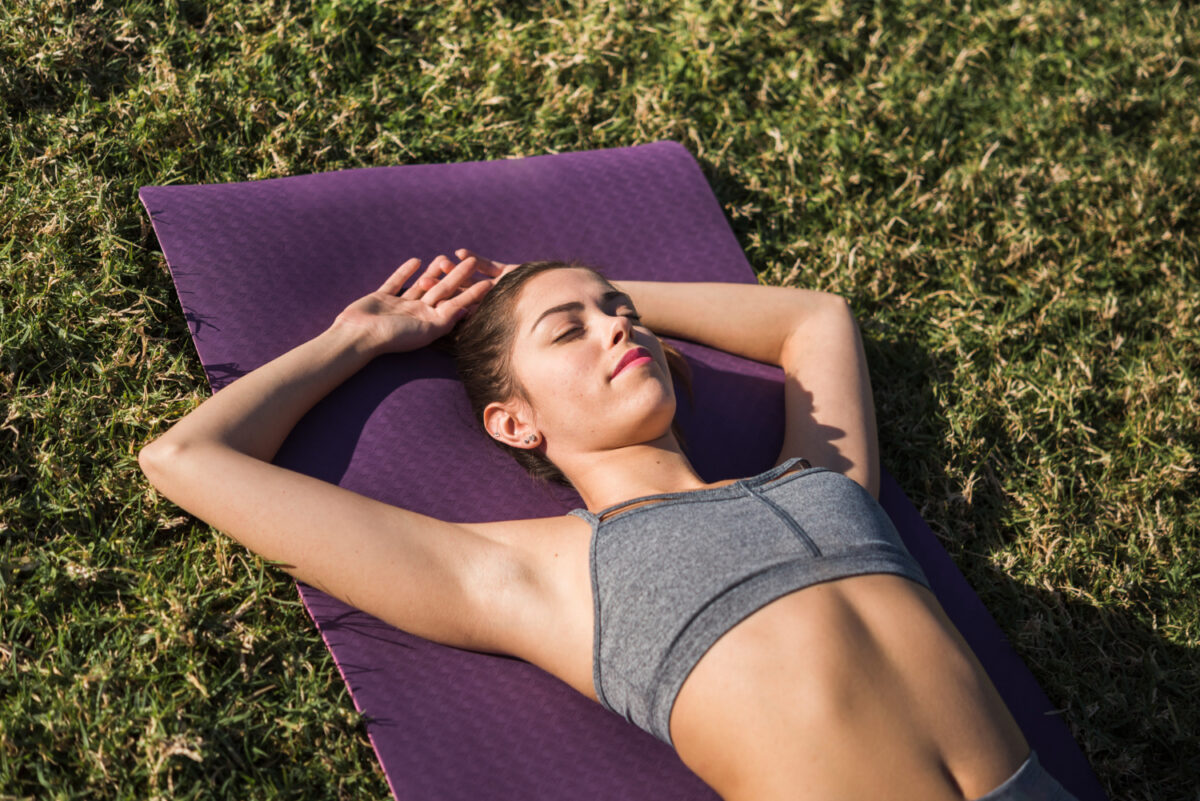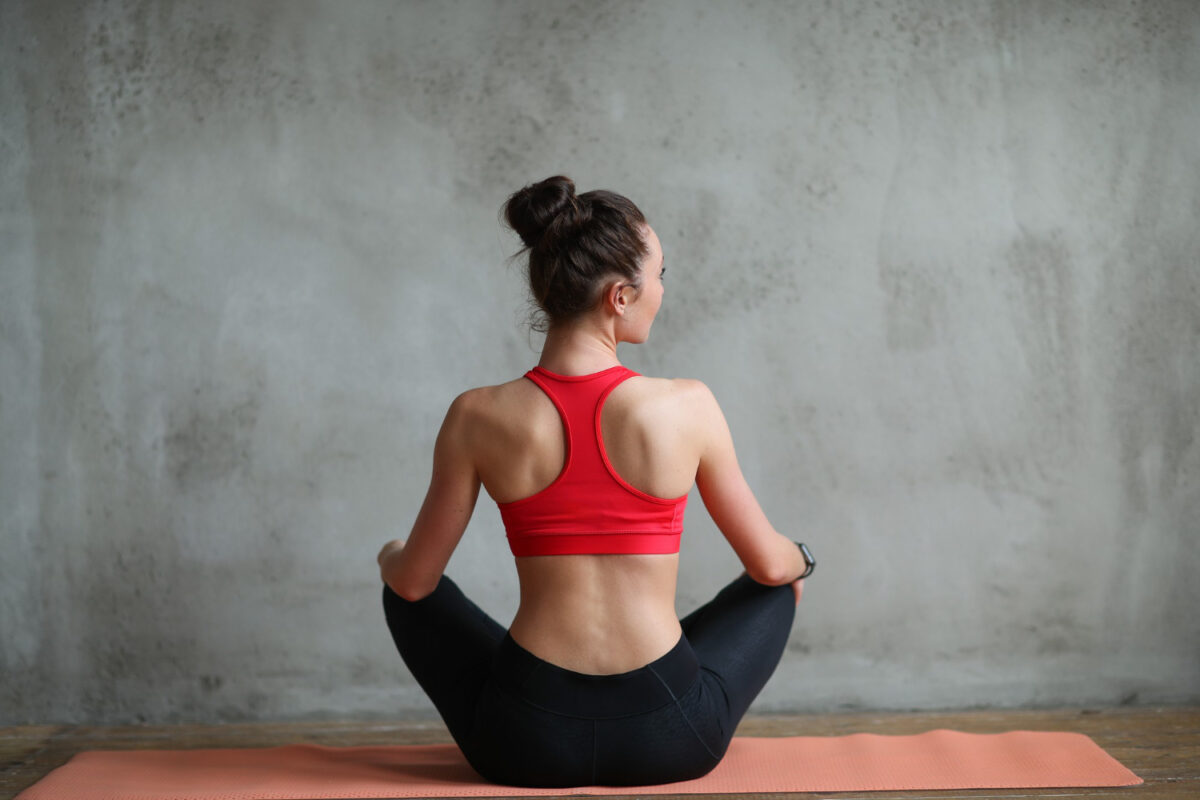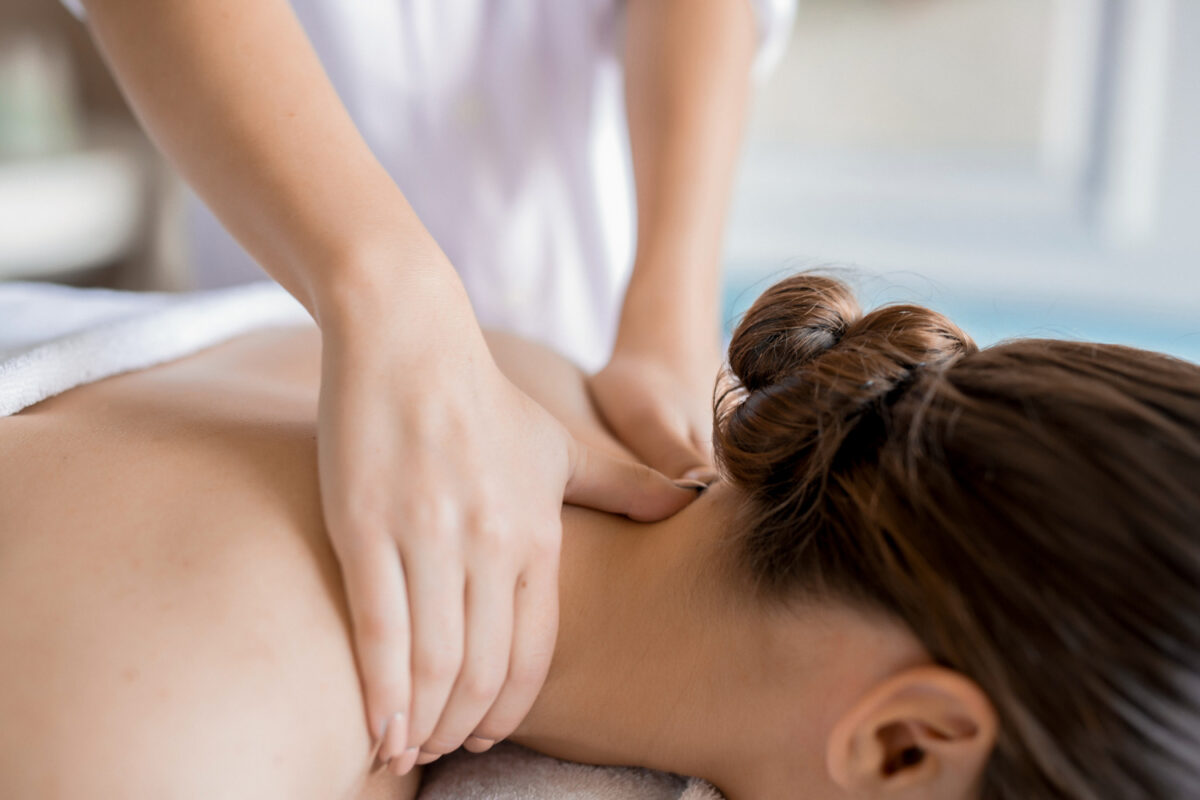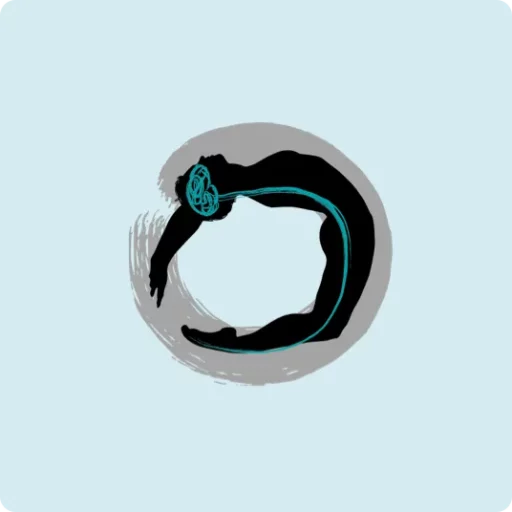Lets start by the beginning…
yogash chitta vritti nirodhah
Yoga is the ability to direct the mind towards an object without any distraction or Yoga is the restriction, elimination of mental fluctuations.
In defining yoga it is the mind that appears, not the body, not the posture. Yoga is something mental, the yoga of the mind, a yoga of interiorization.
Many times, in my own classes or when I attend classes of great teachers and colleagues, we find that students are not looking for yoga, but simply a dynamic of exercises to cultivate their body and/or maintain their health. They want more, they demand more, and they fill you with comments like "it's that if I don't have soreness in the morning I feel like I haven't done any". The culture of doing, doing, doing. Less doing and more feeling!
We have to accept that each person has their time and their process and the vigor or demand in yoga is put by both the students and the teachers. Yoga begins in the mind to purify it, empty it, center it and take us to that something else. The physical practice of yoga postures is just a complement, which harmonizes the body, connects us with our state and our breathing and that will help us take care of our body in order to settle the mind in it.
My teacher always reminded us of the circle of doing - thinking - being - feeling. Because we must be more than doing, and feel more than think to harmonize doing, thinking, being and feeling. So that our actions and our practice become more internal and deep and not routine and sporty. Our physical body has to be a tool and the practice of yoga too. It doesn't have to be the end goal. Because in the end, if we only practice with the body, who dominates whom?:
«The control of the body in all its forms is an indispensable base. A body that dominates you is an enemy, it is a disorder that you cannot accept. It is the enlightened will in the mind that must govern the body, and not the body that must impose its law on the mind."
Health and healing in yoga – Conversations with The Mother – Sri Auriobindo Ashram Pondicherry
We must not deny the body by parking it or forgetting it, nor convert our body into a vain god. The practice takes you inside, where you recognize yourself, where you observe your tendencies, your fears, your patterns. Remembering that the physical body is only the first of the envelopes of our being. We are not alone in it.
That is why we propose, even from time to time, return to static.
Keeping the postures static is key to this inner discovery. Only by maintaining the posture for more than a few counted breaths is when we can perceive all that it offers us. About us? How do we practice? Where is there pain, discomfort, tension? Where is our mind right now?
Static practice helps us release physical, mental and emotional resistance. In most people, the body acts by somatizing emotions, attitudes and thoughts towards diseases or illnesses, especially in the most internal joints, organs and tissues, accumulating tensions of all kinds. The static will take the practitioner from the most superficial to the deepest tension. It provides capacity for observation and acceptance.
For this I propose three different approaches or styles of practice but that seek this objective of awareness and internalization:
- Yin-yoga
- restorative yoga
- Traditional Hatha Yoga spending more time in the postures
Yin yoga is basically a yoga on the ground, slow movements, static postures maintained for long minutes. In the postures, the meridians of the body, deep relaxation and the energetic and emotional field are worked on. The body is not activated from the muscles but rather we look for long stretches that stimulate the fasciae of the body. Work on awareness and the sensations, both external and internal. It seeks to let go and loosen up. «Feel, Release, Smile». Must work from inactionwithout activating a single muscle. In yin, tension is sought through stretching. Creating a stretch where the fascia meets its stiffness, undo it and continue to stretch.
Feel the posture with all its pleasant and unpleasant sensations, let go of possible discomfort by loosening all the muscles and allowing the posture to act, smile towards our body, posture, breathing and state at this moment.
Another more static and closer style would be restorative yoga or body awareness. Through Restorative Yoga we look for postures that help us compensate for habits and discomfort of all kinds. Unlike Yin, we are not looking for long stretches, but postures that are maintained from an active relaxation. Our body does not collapse, but we are active, but without tension. Likewise maintaining awareness in our state, our posture, our mind. We help ourselves with conscious breathing to reach a deepening in the postures.
We can finally adapt our traditional Hatha Yoga practice to spend more time in the postures. Each posture activates, stimulates, and works different parts of the body, not only physically, but also on an energetic and emotional level. Giving them more time we will observe our tendency, what we activate, from where our strength is born, there is something in tension that we can release, etc. By returning to the same posture day after day, we go deeper and observe new facets of it. There are teachers who only practice 10 or 12 postures, yes, they maintain them for minutes, even hours. Devoting time to each posture, observing them, savoring them.
So you know yogis, I invite you to practice from internal self-knowledge, from the pause in each posture. Return from time to time to the static to observe us and continue.
Written by: Silvia Gallego
https://www.silviagallegoyoga.cat/es/


